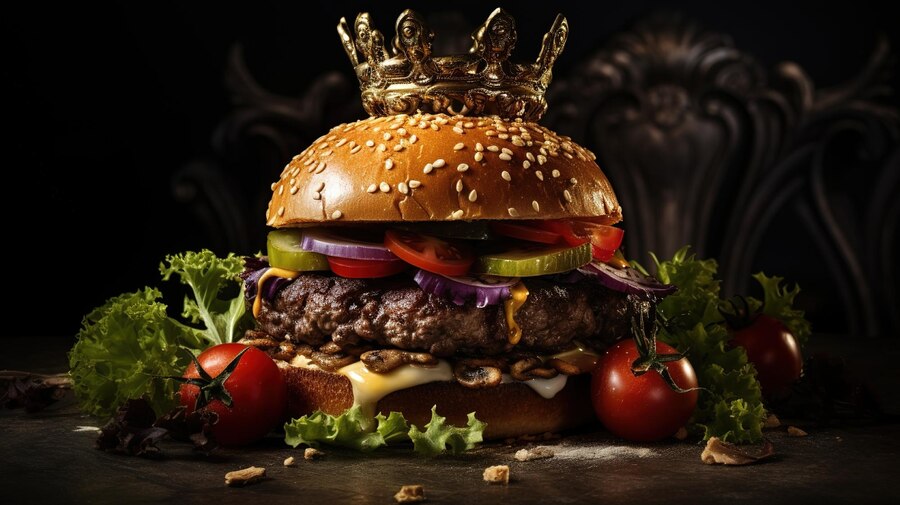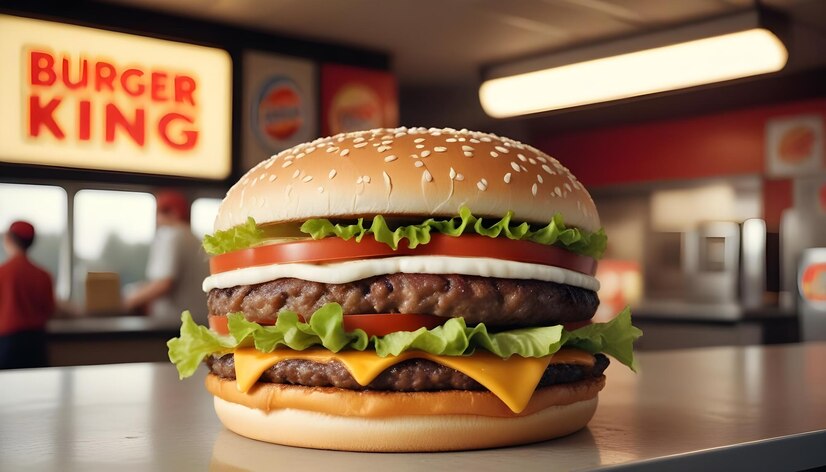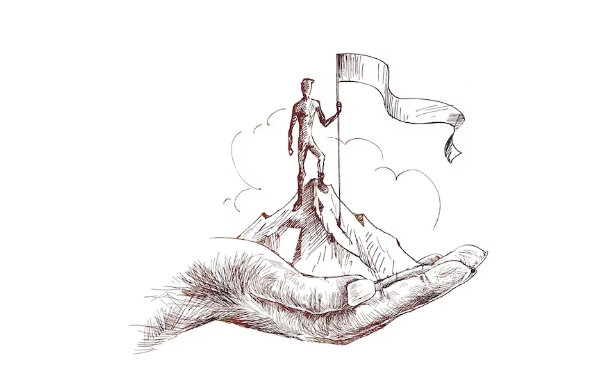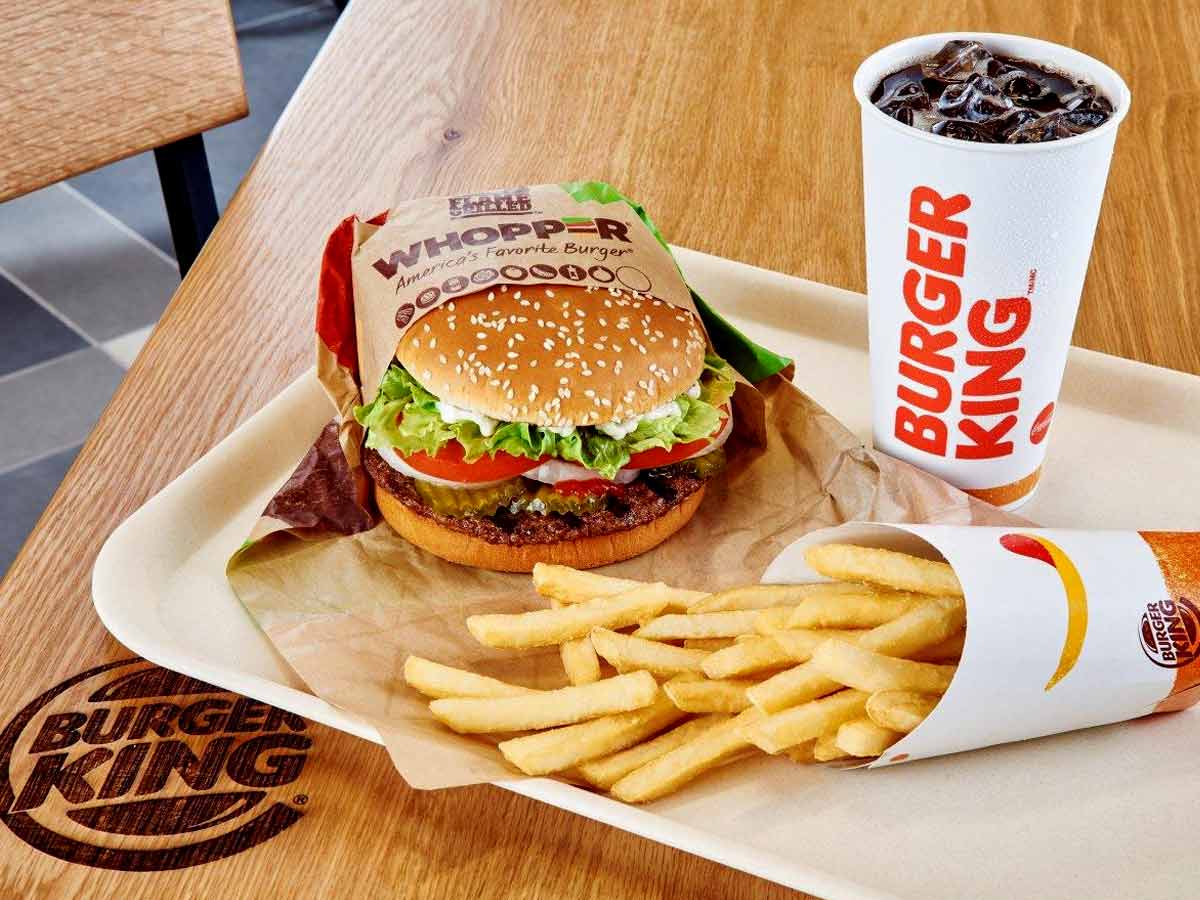Reading time: 6 min
Introduction
In a recent post on "Financial strategies for big business that every small business needs"
I described how the strategies of large corporations can boost your small business, and stressed that you don't have to be big to think big. You don't have to be big to think big, so your small business can adopt practices similar to those of the big companies.
Fast-food giant Burger King offers valuable lessons for any ambitious entrepreneur. Since its founding in 1953, the company has revolutionized the fast-food industry through innovative strategies and bold marketing. How did a simple hamburger chain become a global brand present in over 100 countries?
In this article, we explore :
- The fascinating story of Burger King, from humble beginnings to iconic status
- The key strategies that have propelled its explosive growth
- The impact of the famous Whopper on its success
- The marketing techniques that have shaped its brand image
- Its unique track record in the French market
Whether you're running a start-up or an established SME, Burger King's strategies can inspire your own entrepreneurial success. Through this article, inspired by a Luxy.fr training course, I hope to inspire you to use Burger King's lessons to turn your business into a successful one.
Discover how thinking "big" can transform your business, whatever its current size.
The Birth of a Fast-Food Giant

The Burger King story,
Now a fast-food icon, Burger King began modestly in 1953. In Jacksonville, Florida, Keith J. Kramer and Matthew Burns launched "Insta-Burger". This was inspired by the McDonald brothers' revolutionary model. However, it wasn't until 1957 that the real Burger King saga began.
Modest beginnings with Insta-Burger and the transformation into Burger King
Visionaries David Edgerton and James McLamore bought the struggling chain and renamed it "Burger King". What was their masterstroke?
The introduction of the Whopper,
The Whopper is an iconic burger that would become the cornerstone of the brand's identity. Launched in 1957, the Whopper is distinguished by its generous size and fresh ingredients, including a flame-grilled beef patty, tomatoes, lettuce, onions, pickles, ketchup and mayonnaise, all on a brioche bun. The burger quickly gained popularity thanks to its unique taste and customization options, allowing customers to choose their favorite ingredients.
The slogan "Have It Your Way" perfectly illustrates Burger King's philosophy of personalization. The Whopper has become not only a flagship product, but also a symbol of Burger King's philosophy of offering quality products tailored to individual tastes.
A bold expansion strategy

In 1963, Burger King began its international expansion, opening its first foreign restaurant in San Juan, Puerto Rico. This bold decision marked the start of a meteoric rise. In 1975, the chain set up shop in Spain, marking its entry into the European market.
Today, Burger King is present in over 100 countries, with an impressive network of more than 18,800 restaurants. This global presence testifies not only to its ability to adapt to local tastes, but also to its unwavering commitment to innovation.
Marketing, Burger King's Secret Weapon

Unique and powerful positioning
Unlike its competitors, who mainly target families, Burger King has set itself apart by targeting young adults and teenagers. This strategy is reflected in hard-hitting communications on social networks and memorable advertising campaigns.
The legendary rivalry with McDonald's
Fierce competition with McDonald's has forged Burger King's marketing identity. The chain doesn't hesitate to use provocative advertising campaigns, showcasing its products while subtly teasing its rivals. We'll take a look at the most striking example of this below, the "Whopper Sacrifice" campaign.
Burger King's French Adventure

Difficult beginnings
The first Burger King restaurant in France opened on the Champs-Élysées in 1980. Unfortunately, faced with fierce competition and a lack of adaptation to the local market, the chain closed in 1997. The initial failure was attributed to several factors. Firstly, the marketing strategy was unsuitable. In addition, the product offering did not meet the expectations of French consumers, and operational management was inadequate. Burger King was unable to differentiate itself sufficiently from its competitors, in particular McDonald's, which already dominated the market.
A Triumphant Return
It wasn't until 2012 that Burger King made its comeback in France, thanks to the Bertrand group. The brand has finally learned the lessons of its past mistakes, by implementing a strategy perfectly adapted to French tastes.
Burger King has invested in effective communication, highlighting the quality of its products and the unique customer experience. The chain also innovated by offering specific menus for the French market, teaming up with local partners and improving the quality of its ingredients. Today, the chain has become the second largest burger restaurant network in France, and has won over a loyal clientele thanks to a strategy perfectly adapted to French tastes.
Conclusion:
From Fast-Food to Global Phenomenon: Lessons from Burger King
Burger King's rise from simple restaurant to global fast-food icon offers valuable lessons for any ambitious entrepreneur. Let's summarize the key factors of its success:
- Culinary innovation: The Whopper, a revolution in the fast-food industry
- Bold marketing: memorable advertising campaigns that made an impact
- Strategic expansion: A presence in over 100 countries, tailored to local tastes
- Resilience: A triumphant return to the French market after an initial failure
These strategies demonstrate that, with boldness and innovation, a small business can become a world leader. Whether you run a start-up or an established SME, you can apply these principles on your own scale:
- Constantly innovate your offer
- Dare to differentiate your marketing
- Adapt to local markets
- Learn from your failures to bounce back stronger
In the second part of this article, we explore how Burger King continues to reinvent itself in the digital age and its commitment to sustainability. Find out how the brand is transcending its status as a simple fast-food chain to become a true entrepreneurial reference.
Want to know more about winning strategies for your business? Don't miss the second part of this article
What lesson from Burger King do you think you can apply to your business today? Share your ideas in the comments below!




